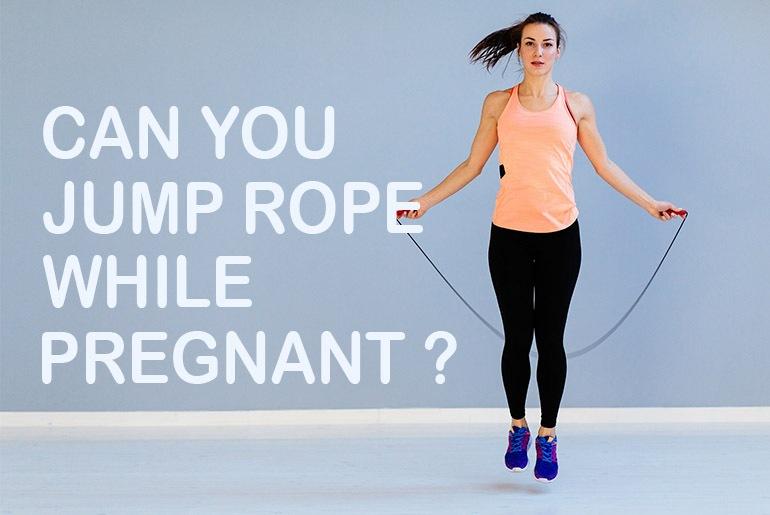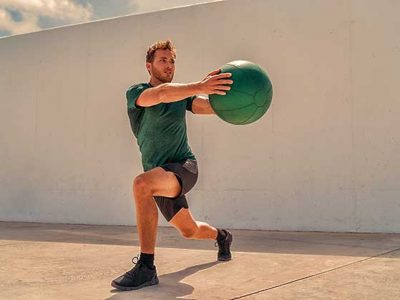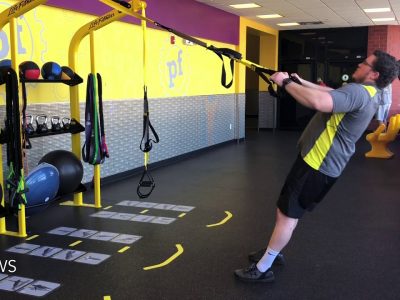Exercising during pregnancy can be a field of uncertainties, especially when it comes to activities like jumping rope.
Despite its effectiveness in maintaining cardiovascular health, the question persists: Is this high-impact exercise safe for you and your unborn baby?
Bạn đang xem: Can You Jump Rope While Pregnant Updated 07/2024
This blog post arms you with knowledge about the safety precautions, potential risks, and expert advice on jump roping while pregnant.
Get ready to hop into an insightful read that helps make fitness during pregnancy clearer and safer!

Can You Jump Rope While Pregnant? Is It Safe?
Risks and concerns
Pregnancy is a time of considerable change, marked by significant physical and hormonal shifts. Due to these alterations, certain activities like jump roping often raise concerns.
The act of jumping causes an impact that can potentially risk injury or discomfort during pregnancy.
Factors such as the loosening of joints due to hormonal changes could result in increased susceptibility to sprains and strains.
Aside from potential injury, there’s also apprehension about preterm labor and miscarriage linked with high-impact exercise during pregnancy.
While it’s crucial to note that jump roping will not trigger premature labor in a healthy pregnancy, for women with cervical incompetence – a condition where the cervix opens prematurely under stress – the activity could instigate early labor.
Additionally, pregnant women are advised against undertaking high-intensity workouts like jumping jacks due to their harsh nature.
Potential injuries
Jumping rope during pregnancy can potentially lead to injuries if not done with caution.
The most common potential injury from jumping rope while pregnant is strain or injury to the pelvic floor muscles, which can cause discomfort and urinary incontinence.
Other possible injuries include twisting an ankle or knee, especially as your body’s center of gravity shifts during pregnancy.
Remember to consult with your healthcare provider before starting any new exercise regimen during pregnancy to ensure it is safe for you and your baby.
Impact on preterm labor and miscarriage
Jumping rope during pregnancy does not typically increase the risk of preterm labor or miscarriage in a healthy pregnancy.
However, it’s important to note that if a pregnant woman has an incompetent cervix, jumping exercises like jump rope could potentially cause early labor.
It is always recommended to consult with your healthcare provider before engaging in any physical activity during pregnancy to ensure your safety and the health of your baby.
Safety Tips for Jumping Rope During Pregnancy
Seek medical advice
Xem thêm : Best Leg Curl Extension Machine Updated 07/2024
Before starting any exercise routine during pregnancy, it is important to seek medical advice from your healthcare provider.
They will be able to assess your individual situation and provide personalized recommendations based on factors such as your overall health, any pre-existing conditions, and the progress of your pregnancy.
Medical professionals can offer guidance on the specific exercises that may be safe for you, including jumping rope while pregnant.
By consulting with a healthcare professional, you can ensure that you are engaging in exercises that are appropriate for your unique circumstances and promote both your own well-being and the health of your baby.
Listen to your body
During pregnancy, it’s crucial to listen to your body when it comes to exercise. Your body is going through significant changes, and what worked for you before may not be suitable now.
Pay attention to any discomfort or pain during jumping rope, and if something doesn’t feel right, stop immediately.
It’s essential to avoid exercises that put excessive strain on your joints and ligaments.
Your body will give you warning signs if something is wrong or if you need to slow down. If you experience dizziness, shortness of breath, or vaginal bleeding while exercising, stop immediately and consult with your healthcare provider.
Remember that each pregnancy is unique, so what works for one woman may not work for another.
Be mindful of how you feel during and after jumping rope. If you feel exhausted or overly fatigued afterward, it might be a sign that the exercise routine was too intense.
Pregnancy hormones can affect energy levels differently for each woman.
Warm up properly
Properly warming up before jumping rope during pregnancy is essential to prevent injuries and prepare your body for exercise. Start with some light cardio, such as brisk walking or marching in place, for about 5-10 minutes.
This will increase blood flow and raise your body temperature, making your muscles more flexible and less prone to strains or cramps.
Incorporate dynamic stretches like arm circles, leg swings, and gentle torso twists to further loosen up your joints and improve range of motion.
Remember to listen to your body throughout the warm-up process and modify any movements that feel uncomfortable or cause pain.
By taking the time to properly warm up, you can ensure a safe workout for yourself and your baby during pregnancy.
Stay hydrated
Staying hydrated is crucial during pregnancy, especially when engaging in physical activities like jumping rope.
Drinking enough water helps maintain proper blood circulation and prevents dehydration.
Dehydration can lead to dizziness, fatigue, and even contractions. Aim to drink at least eight glasses of water a day and sip on it throughout your workout session.
Xem thêm : How To Calculate Weight On Barbell Updated 07/2024
Remember to listen to your body’s cues for thirst and take regular breaks to hydrate.
Staying properly hydrated will not only support your cardiovascular health but also help you maintain energy levels while exercising during pregnancy.
Alternative Exercises for Pregnant Women
Low-impact cardio options
Looking for low-impact cardio options during pregnancy? We’ve got you covered!
Check out these safe and effective exercises that will help you stay fit and healthy throughout your pregnancy journey:
Prenatal yoga
Prenatal yoga is a fantastic option for expectant moms looking to stay active and maintain their fitness during pregnancy. Not only does it provide gentle stretching and strengthening exercises, but it also promotes relaxation and prepares the body for childbirth.
Prenatal yoga helps alleviate common pregnancy discomforts while improving flexibility, balance, and posture.
Moreover, it can help reduce stress levels and enhance overall well-being. By engaging in prenatal yoga classes specifically designed for pregnant women, you can enjoy the numerous benefits of this low-impact exercise without putting unnecessary strain on your body or risking injury.
Swimming
Swimming is an excellent low-impact exercise option for pregnant women, providing a full-body workout without putting stress on the joints. It is safe to swim during pregnancy and can help maintain cardiovascular health while reducing the risk of injury.
Swimming also allows expectant mothers to stay cool and comfortable in the water, which can be especially beneficial during the later stages of pregnancy when body temperature tends to rise.
Moreover, swimming helps improve circulation and reduces swelling in the legs and feet, common discomforts experienced by pregnant women.
Certified prenatal fitness trainers recommend swimming as one of the safest and most effective ways for expectant moms to stay fit and healthy throughout their pregnancy journey.
Walking
Walking is a fantastic low-impact exercise option for expectant mothers that provides numerous benefits during pregnancy.
Not only does it help maintain cardiovascular health, but it also helps to strengthen the muscles and improve overall fitness levels.
Walking is safe throughout all stages of pregnancy and can be easily incorporated into your daily routine. It doesn’t require any special equipment or training, making it a convenient choice for pregnant women who want to stay active.
Plus, walking can help alleviate common discomforts such as swelling and back pain while boosting energy levels. So lace up your sneakers and enjoy a brisk walk in the fresh air – your body and baby will thank you!
Conclusion
In conclusion, while jumping rope during pregnancy can be safe for most women, it is important to consider individual risks and consult with a healthcare provider.
If you have a healthy pregnancy and feel comfortable, modified jump rope exercises can provide cardiovascular benefits.
However, there are alternative low-impact exercises such as walking, swimming, and prenatal yoga that can also keep you active without the potential risks associated with jumping rope.
Prioritize your safety and listen to your body’s needs throughout your pregnancy fitness journey.
Nguồn: https://usgyms.net
Danh mục: Gym Equipment










